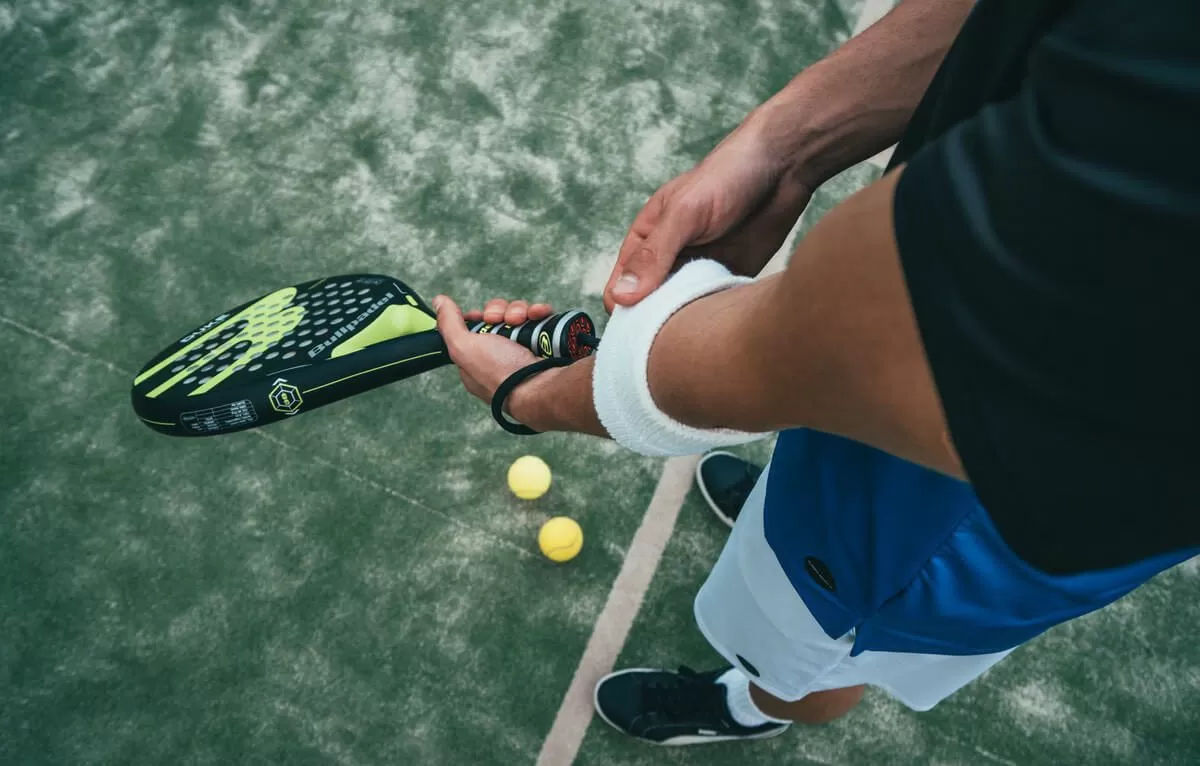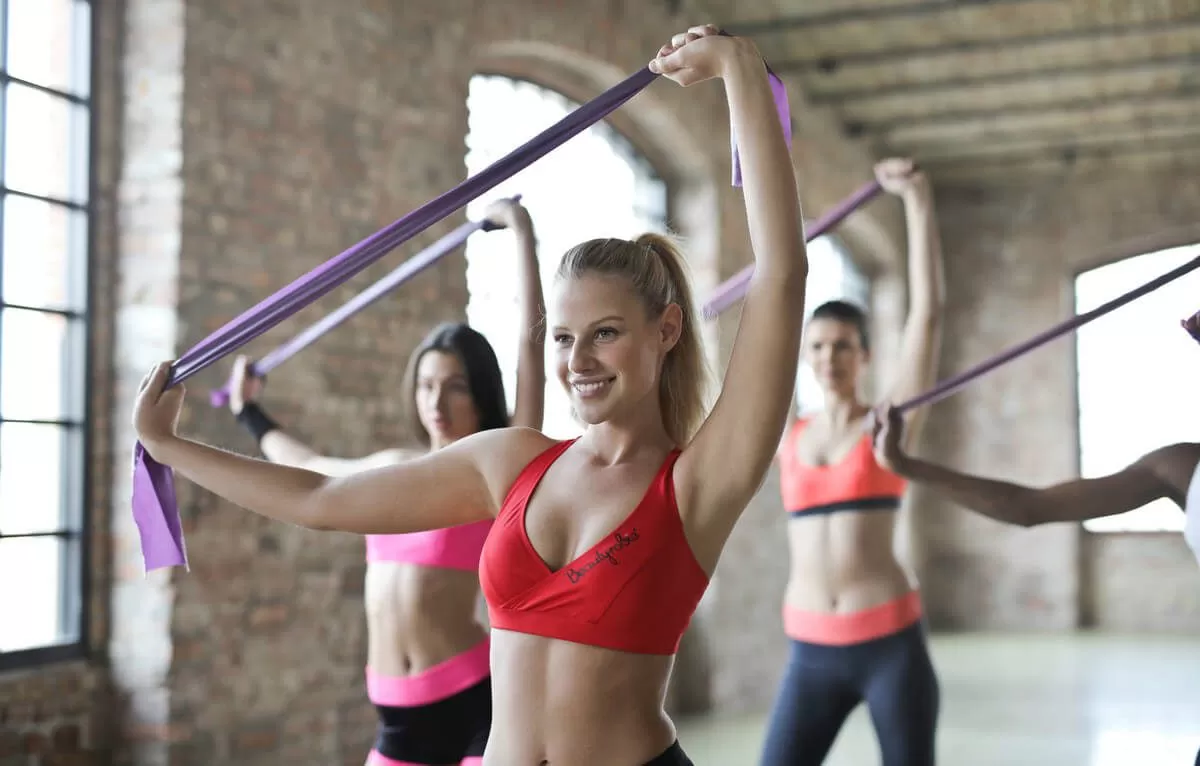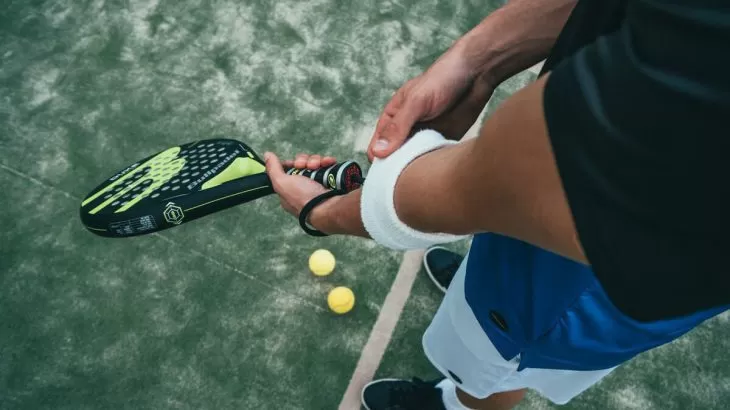
The term “tennis shoes” can feel like something of a misnomer. They’re a popular style of footwear, but how many of us reserve them for the tennis court?
In truth, tennis shoes developed from the trainers worn by professional tennis players. You might not know it, but there’s a similar story behind the awkward categorisation of a blazer as a “sports coat.” Unless you prefer to hit the gym in your blazer, that is.
So what’s the difference between casual wear, sportswear and technical sportswear, and how do they intersect?
Everyone Needs Sportswear
Chances are, you own a few pieces of traditional “sportswear.” These garments are the shirt-and-trousers combination you might wear to work in a corporate setting, a lady’s professional pantsuit or a comfortable pair of Oxfords.
This popular category of clothing is anything but appropriate for what we now think of as sporting activities, but we call it sportswear anyway. Have you ever considered why?
The answer lies in 19th-century attire taken from hunting, horseback riding and other distinguished endeavors of “sport.” The long jackets and mix-and-match shirt-and-trousers combinations that participants wore in the field evolved into choice attire for colleges and early sporting organisations like tennis and country clubs. The “blaze” in the word “blazer” references the school colors that once adorned this popular jacket style.
Organised team sports like football, baseball and basketball didn’t hold the same prevalence they do today in the time when clothing makers conceived “sportswear.” As these games captured the public eye, athletes needed new attire to use in competition. The result was what we now know as technical sportswear, which does you a lot more good at the gym than your pressed suit.
The Rise of Technical Sportswear
Modern suits and jackets no longer need to display a team or club affiliation. But turn-of-the-century athletes required outfits that allowed more range of motion than the traditional shirt and pants combo.
Many new garments emerged as a result. Baggy baseball uniforms adorned with team colors and patterns, above-the-knee shorts for Olympic runners and track athletes and jersey pullovers all arrived on the scene in the last half of the 19th century. A unique style of clothing had been invented, intended for rapid movement.
This “technical sportswear” kept the colorful styling of the older garb but incorporated specific materials and cuts to allow athletes to perform at their best. It was the dawn of an entirely original industry, one that would grow to become a $188 billion sector in 2020.
It might not be the trillion-dollar enterprise of traditional sportswear, but when you consider the specificity and the short time in which it grew, that’s still impressive.

Putting the “Tech” in Technical Sportswear
New fabrics and techniques have changed the way we tailor shirts and trousers, but without high-tech materials and construction methods, technical sportswear would almost cease to be.
What started as a way to give athletes better mobility became a study in materials engineering. During the 1930s, Lastex, a new form-flattering textile made using latex, was introduced in swimsuits and other technical pieces. Next came nylon, a textile that completely redefined fabric construction and became the new standard for many sports-based applications.
Swimwear was an immediate fit for the emerging technical sportswear industry during the 1940s and ’50s, and Lastex became the go-to material for many swim apparel companies. Today, the sport of swimming offers some of the most advanced examples of technical sportswear. Professional swimmers use high-tech bodysuits and trunks made of polyester and nylon to lay down record times in Olympic-style races. You’ve probably seen these suits on display during actual Olympic broadcasts.
Other examples of technical sportswear include compression wear, breathable, stretchy fabrics — such as the Lycra in many professional football uniforms — and the mesh fabric in basketball jerseys and training shorts.
Coming Full Circle
Despite what you might think, the technical sportswear industry has done its fair share of repaying the favor to the “traditional” sportswear sector. How do you like those stretch chinos?
Trends and styles that resulted from the development of sport-specific garb have crossed over into popular dress. The lines between athletic and casual apparel have blurred into the genre we now call athleisure.
If you need a more tangible example, look at the well-known polo shirt. Its existence is a product of tennis player René Lacoste’s dislike for the long-sleeved tennis shirts of the 1920s.
The cuts and materials used in modern sportswear are heavily influenced by its more sporty cousin. The next time you reach for your favorite sport coat, don’t let the name make you feel awkward. Just imagine yourself as an esteemed lord or lady taking in the country air while you’re out for a hunt. Don’t you look sharp!
Author Bio:
Dylan Bartlett, aka, “The Regular Guide,” writes about fitness, style and more on his blog. Check out Just a Regular Guide to read about similar topics, or follow Dylan on Twitter @theregularguide for frequent updates.


